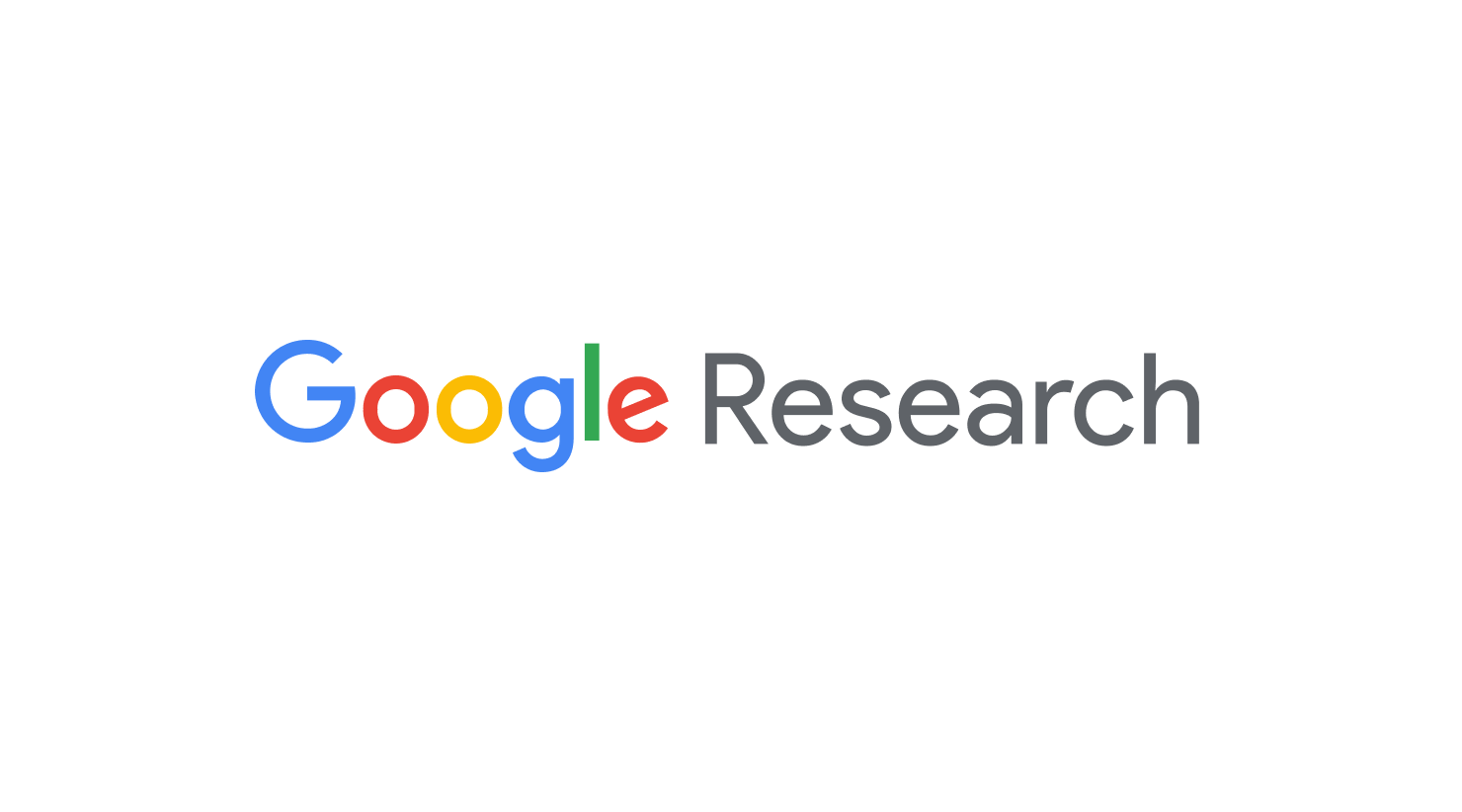
Machine Learning with Quantum Algorithms
December 8, 2009
Posted by Hartmut Neven, Technical Lead Manager Image Recognition
Many Google services we offer depend on sophisticated artificial intelligence technologies such as machine learning or pattern recognition. If one takes a closer look at such capabilities one realizes that they often require the solution of what mathematicians call hard combinatorial optimization problems. It turns out that solving the hardest of such problems requires server farms so large that they can never be built.
A new type of machine, a so-called quantum computer, can help here. Quantum computers take advantage of the laws of quantum physics to provide new computational capabilities. While quantum mechanics has been foundational to the theories of physics for about a hundred years the picture of reality it paints remains enigmatic. This is largely because at the scale of our every day experience quantum effects are vanishingly small and can usually not be observed directly. Consequently, quantum computers astonish us with their abilities. Let’s take unstructured search as an example. Assume I hide a ball in a cabinet with a million drawers. How many drawers do you have to open to find the ball? Sometimes you may get lucky and find the ball in the first few drawers but at other times you have to inspect almost all of them. So on average it will take you 500,000 peeks to find the ball. Now a quantum computer can perform such a search looking only into 1000 drawers. This mind boggling feat is known as Grover’s algorithm.
Over the past three years a team at Google has studied how problems such as recognizing an object in an image or learning to make an optimal decision based on example data can be made amenable to solution by quantum algorithms. The algorithms we employ are the quantum adiabatic algorithms discovered by Edward Farhi and collaborators at MIT. These algorithms promise to find higher quality solutions for optimization problems than obtainable with classical solvers.
On the hardware side we are collaborating with D-Wave in Vancouver, Canada. D-Wave develops processors that realize the adiabatic quantum algorithm by magnetically coupling superconducting loops called rf-squid flux qubits. This design realizes what is known as the Ising model which represents the simplest model for an interacting many-body system and it can be manufactured using proven chip fabrication methods. Unfortunately, it is not easy to demonstrate that a multi-qubit system such as the D-Wave chip indeed exhibits the desired quantum behavior and experimental physicists from various institutions are still in the process of characterizing the chip.

Layout of the qubits in the C4 Chimera chip employed to train the car detector. The irregular graph structure results from the fabrication process not yet rendering all qubits functional.
Today, at the Neural Information Processing Systems conference (NIPS 2009), we show the progress we have made. We demonstrate a detector that has learned to spot cars by looking at example pictures. It was trained with adiabatic quantum optimization using a D-Wave C4 Chimera chip. There are still many open questions but in our experiments we observed that this detector performs better than those we had trained using classical solvers running on the computers we have in our data centers today. Besides progress in engineering synthetic intelligence we hope that improved mastery of quantum computing will also increase our appreciation for the structure of reality as described by the laws of quantum physics.
The theory paper on which the demonstration is based can be found on the arXiv and a report describing the details of the implementation is here.